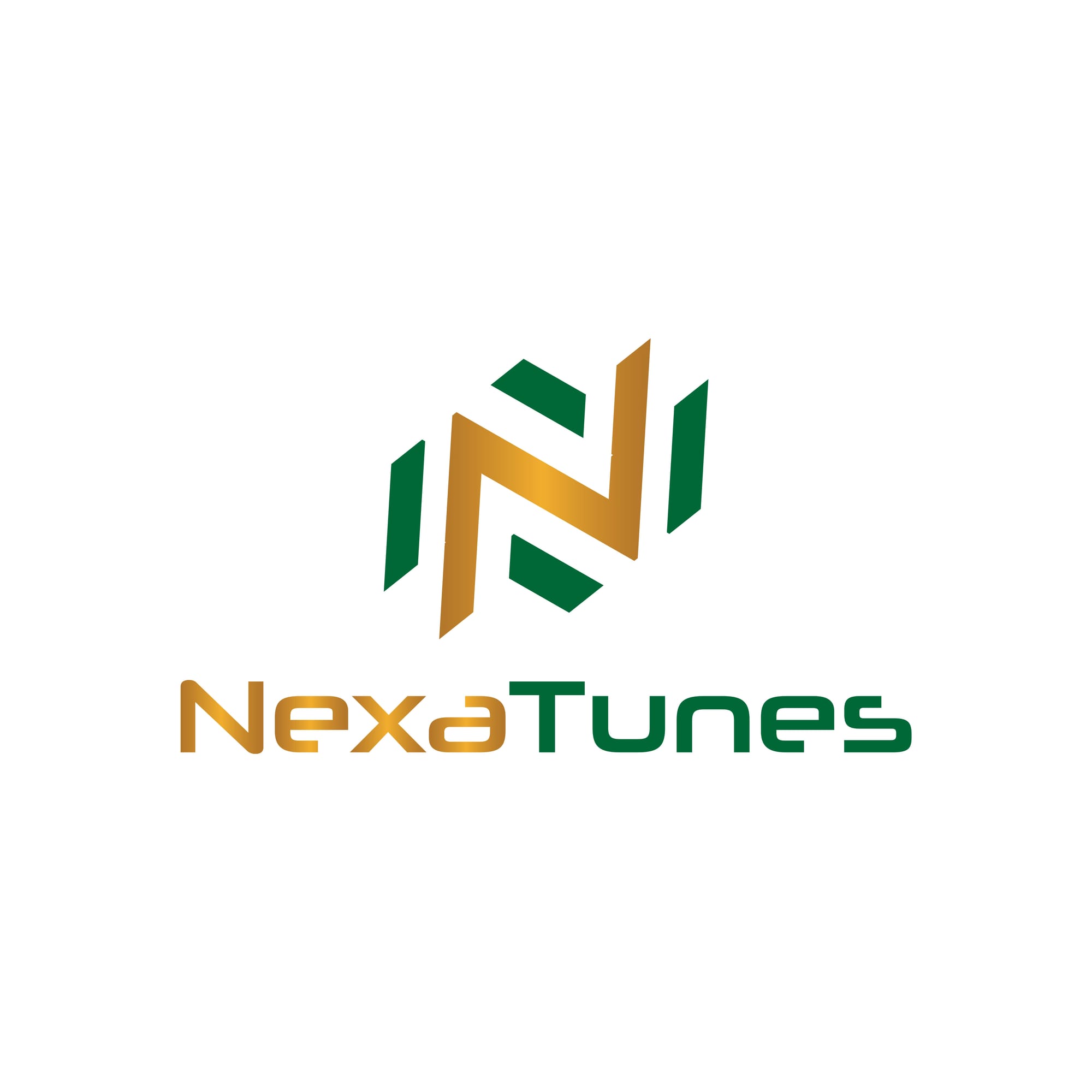Do You Need an Official Label Channel – and What Does YouTube Content ID Actually Do?
Introduction
YouTube is the most important music discovery platform in the world—and not just for artists. For labels, YouTube can be a powerful tool for reach, monetization, and control. But many independent labels are unsure: Should we create a dedicated YouTube channel? And what exactly is Content ID—and how does it help us?
Let’s clear it up.
What Is YouTube Content ID?
Content ID is YouTube’s fingerprinting system. It automatically identifies music used in videos across the platform and matches it with registered rights holders.
When a song is registered with Content ID (usually via your distributor), three things can happen when that music appears in a video:
- The video can be monetized on your behalf
- The video can be blocked (in specific territories or globally)
- The video can be tracked (you don’t monetize it, but see the data)
In short: Content ID allows labels to control how their music is used on YouTube—and to earn money when it’s used by others.
Do You Automatically Get Content ID?
Not always. Some distributors don’t offer Content ID at all. Others require that you apply for it. NexaTunes supports YouTube Content ID for qualifying releases as part of our backend system, so you don’t need to deal with YouTube directly.
However, Content ID only works correctly if your metadata is clean and consistent.
That’s why delivering the right artist name, ISRC, and ownership details matters.
Do You Need a Dedicated Label YouTube Channel?
Short answer: Not always. But often—yes.
Let’s break it down:
Option A: Artist-First
You let each artist run their own channel. You focus on distribution and Content ID in the background.
Pros:
- Artists build their own brand
- Less admin for the label
Cons:
- No central home for your label identity
- Harder to cross-promote
- Missed opportunities on channel monetization and community building
Option B: Hybrid Model (Recommended)
You create a label channel where all official releases, visualizers, and playlists are posted. Artists may still run their own channels independently.
Pros:
- You build a recognizable brand
- You own the audience and can cross-promote easily
- You can monetize directly via ads, memberships, and channel tools
- Easier to organize your entire catalog
Cons:
- Requires more content planning and upload management
YouTube is not just a platform—it’s a search engine, a social network, and a monetization tool. Owning your space there is a long-term asset.
How Content ID and Your Channel Work Together
Many people think “if I have a YouTube channel, I don’t need Content ID.” Others think “Content ID replaces the need for a channel.” Both are incorrect.
Here’s the truth:
Content ID works in the background, scanning all of YouTube for uses of your music.
Your official label channel is your primary space to host official uploads, grow your fanbase, and build your brand.
They are not alternatives. They are two sides of a professional release strategy.
Conclusion
You don’t need to be a major label to act like one.
A smart label in 2025 uses both: Content ID for protection and passive income, and a YouTube channel for active growth and visibility.
The question isn’t “Do we need a channel?”
It’s: What happens if we don’t own our space—and someone else does?
